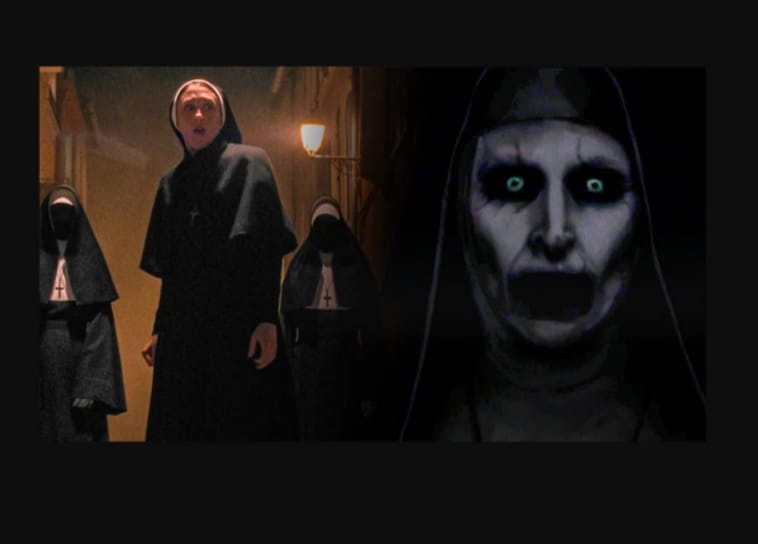The sequel, “The Nun II,” makes its theatrical debut with an air of solemnity, casting a looming shadow that hints at spine-chilling thrills. However, as the gates to fear swing wide, a familiar sense of déjà vu washes over us. This continuation of the 2018 film, “The Nun,” immerses us once again in Valak’s ominous realm, yet instead of evolving, it feels like a return to a well-trodden haunted house—unsettling, but ultimately foreseeable. Directed by Michael Chaves this time, with a returning ensemble led by Taissa Farmiga, Jonas Bloquet, and Bonnie Aarons, this installment delves deep into the gothic supernatural horror that defines The Conjuring Universe.
The question lingers: does it ascend beyond its predecessor, or is it merely another verse in the same sinister symphony? Let’s explore the unholy narrative of “The Nun II” in greater depth.
What is The Nun II about?
Set four years after the events of its predecessor, the film follows Sister Irene (played by Taissa Farmiga) as she once again confronts the unholy machinations of Valak, the titular Nun, at a boarding school in France. The premise holds promise, hinting at a deep dive into Valak’s backstory and the enigmas surrounding the accursed abbey. However, any aspirations for a truly immersive and spine-tingling narrative are quickly dashed as we tread a familiar path of horror clichés.
Jump scares, a cornerstone of modern horror cinema, are liberally sprinkled throughout the film, evidently scripted with meticulous precision. Regrettably, they lack the element of surprise that renders them genuinely terrifying. Instead, they arrive predictably, akin to the predictable chimes of a church bell, robbing the film of authentic suspense.
Initially, the atmosphere manages to cultivate an aura of dread. The school’s eerie corridors and dimly illuminated chambers provide an unsettling backdrop for the unfolding horrors. The use of lighting, in general, is commendable. However, as the film progresses, Valak’s antics begin to lose their menace and assume the characteristics of a rehearsed routine. The once-pervasive sense of foreboding gradually wanes as Valak’s appearances become more, well, habit-forming than hair-raising.
The acting is good, but little else
In terms of acting, the cast delivers praiseworthy performances. Farmiga, in particular, imbues Sister Irene with a compelling blend of determination and vulnerability that strikes a chord with the audience. Nevertheless, their talents are hampered by a script that falls short in providing them with the material needed to truly shine. Despite the cast’s best efforts, they cannot rescue a narrative that seems to have been unearthed from the graveyard of worn-out horror clichés.
“The Nun II” ultimately comes across as a misguided confession—almost as if its creators were seeking redemption for their cinematic sins of predictability. It represents a missed opportunity in a genre hungry for fresh and original voices.
